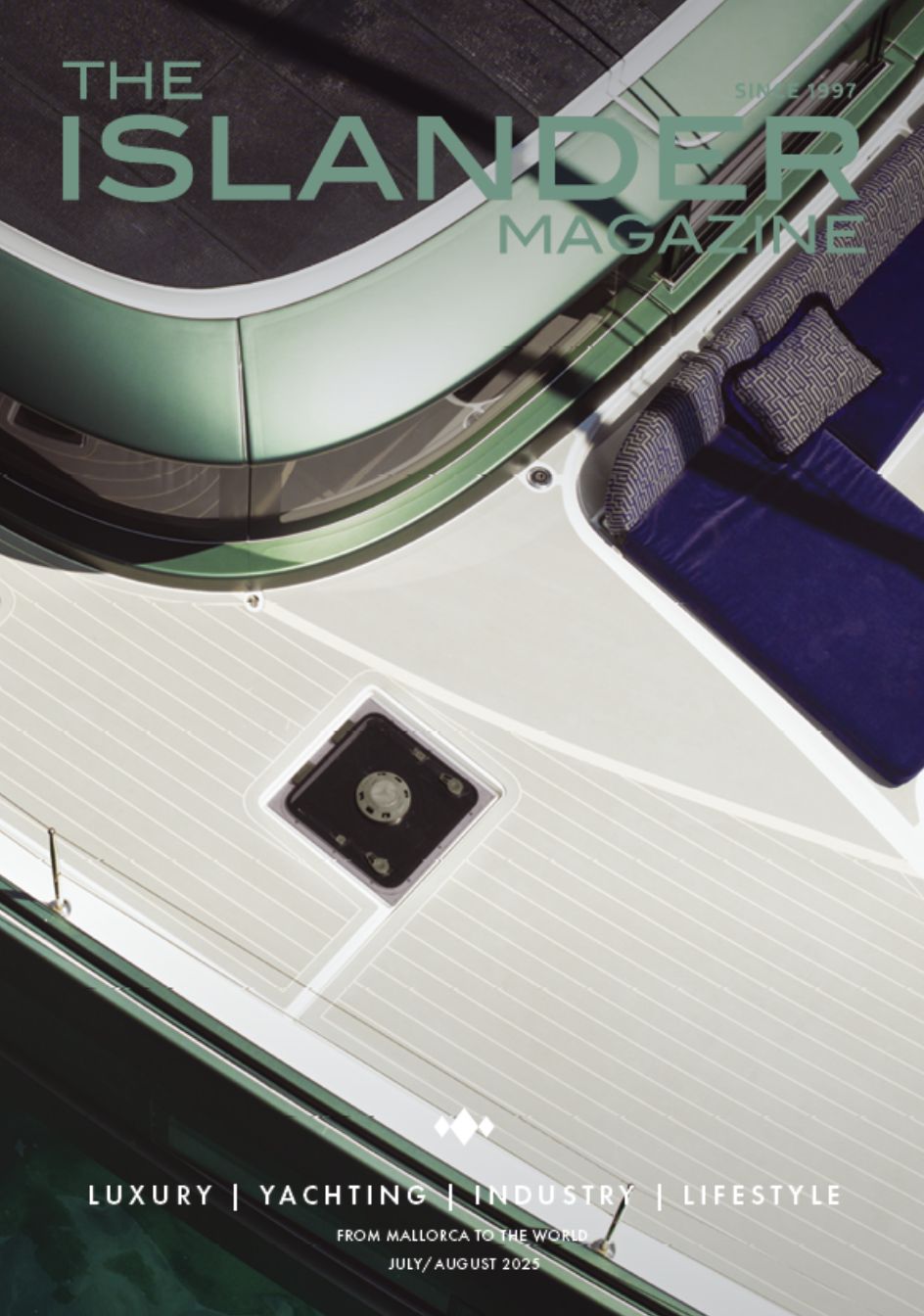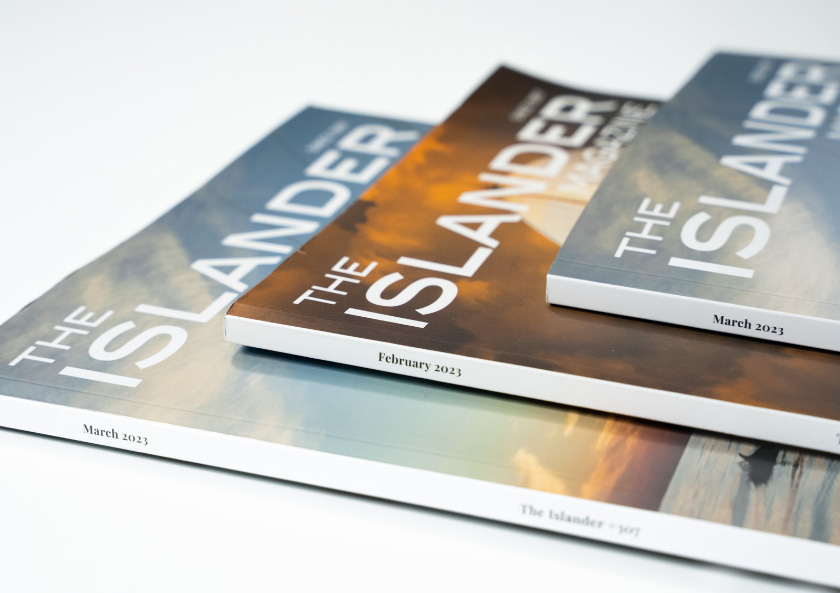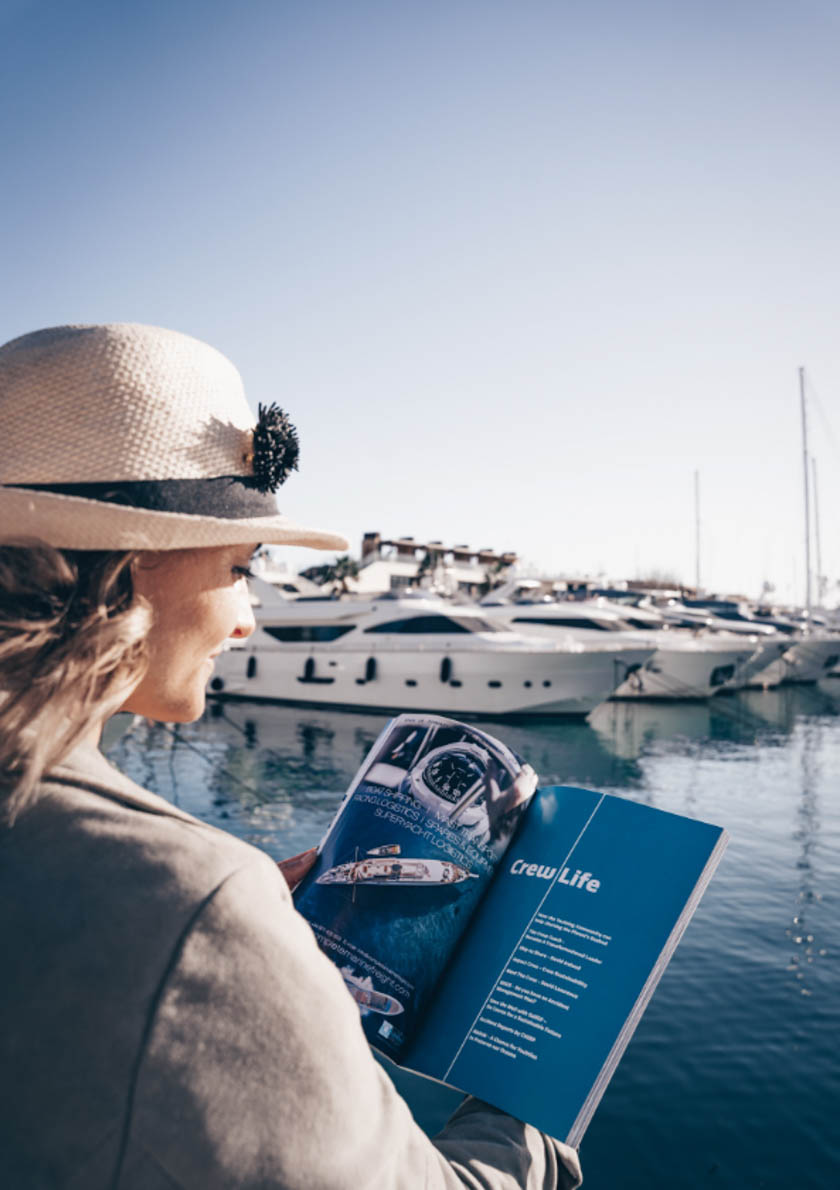Creole, the largest wooden sailing yacht in the world—and still owned by the Gucci family—carries a legacy overflowing with racing, luxury, public service, and legendary intrigue.
Nowadays, she spends most of her time at Astilleros de Mallorca, cared for year-round. But behind her timeless beauty lies a dark past—some whisper of a curse haunting this grand schooner.
The story began with Alexander Smith Cochran, heir to a $40 million fortune from the carpet empire. After graduating from Yale, he became a prominent yachtsman—earning a reputation with the New York Yacht Club and racing the America’s Cup boat Vanitie. In his 50s, he commissioned yacht designer Charles E. Nicholson to build his dream vessel.
Launched as Vira in 1927, Cochran, already weakened by tuberculosis, never fully enjoyed her grandeur. Legend has it that at the christening, his friend struggled through three attempts to smash the champagne bottle—a bad omen many believed foreshadowed tragedy. Cochran altered the yacht by cutting the masts and re-ballasting her, but the modifications harmed her performance. He passed away in 1929.
In 1937, Sir Connop Guthrie acquired her, named her Creole, restored her original design at Camper & Nicholsons, and raced her successfully in the British Isles. With the outbreak of WWII, she was drafted as a mine-hunter, renamed Magic Circle, and served off Scotland before returning to civilian life.
By 1948, Stavros Niarchos had purchased her, investing heavily in restoration. But tragedy struck—his wife died of barbiturate overdose, leading him to abandon the yacht. In 1977 Denmark acquired her as a sail-training ship until maintenance costs became prohibitive.
In 1983, Maurizio Gucci rescued Creole and spent six years and a fortune restoring her to glory. Once again, she sailed as a social and racing icon. Sadly, the curse followed—Maurizio was murdered in 1995. Ownership passed to his daughters Allegra and Alessandra, who have kept her in service. She was recently spotted in the 2024 Monaco Classic Regatta, and remains carefully refitted at STP Palma in May 2025























0 Comments